Valley Irrigation Pivots and Chester Inc. Agriculture Systems
Farmers have been using irrigation pivots for more than fifty years. Among several irrigation pivots, center pivots can lead to increased yields and less water wasted compared to other irrigation practices, such as flood irrigation. But what is the operation method for a center pivot?
Known for exceptional quality and reliability, Valley Center Pivots are central to advanced ag systems designed for optimal field coverage. The Valley 8000 series center pivot, proudly made in the USA, sets the industry standard with the most extended machine and span lengths available, ensuring your Valley irrigation system performs exceptionally.
The Valley 8000 series offers unmatched durability and efficiency as a top choice for valley irrigation pivot systems. Comprehensive field-tested assurances come with these valley pivots, confirming their superior performance over other brands in all conditions. Depending on the terrain challenges, the design of the 8000 series accommodates both standard and ultra-high profiles.
Valley irrigation systems distinguish themselves with self-produced gearboxes, highlighting the brand’s commitment to quality and innovation. These center pivots, designed with corrosion resistance in mind, feature a hot-dip galvanized construction. Four-leg drive units with robust braces are built to withstand the elements. Heavy 8-bolt pipe flanges and forged truss rod heads add to the advanced ag systems’ longevity and reduce the need for repairs.
The Valley 7000 series center pivot is a cost-effective solution that doesn’t sacrifice quality. It offers a balance of affordability and performance, representing an intelligent investment for your valley irrigation needs. This series is especially suited for less demanding terrains, providing reliable, long-lasting service and choosing between the industry-leading Valley gearbox and the more economical VS-7000 gearbox.
Looking to enhance your ag systems with the pinnacle of irrigation technology or seeking a budget-friendly yet dependable option, Valley’s array of center pivots is designed to boost the efficiency and effectiveness of your irrigation practices.
We will now discuss some pivot irrigation systems.
The central point around which the pivot moves is the pivot point. Water enters the pivot pipes, and you’ll find the control panel. The control panel operates the center pivot machine attached to the pivot point. The machine’s brains manage to start, stop, change directions, and determine whether to run wet or dry, among other functions—a range of control panels, from essential to digital, work with advanced irrigation technologies.
The drive unit or drive tower is part of the machine that touches the ground and moves. It includes a base beam, a drive train, wheels, and various structural supports. Spans are the long pipes between drive units. They include the main water line, sprinklers, and a supporting truss structure. At each drive unit, there is a tower box. It controls the drive unit components, directing their movement and duration.
The Last Regular Drive Unit, or LRDU, is the final tower on a regular pivot or preceding a corner arm or add-on that extends your irrigated acres. The importance of the LRDU will become apparent below.
Center pivots irrigate in a circular pattern around a pivot point. They can apply water, fertilizer, chemicals, and herbicides, enhancing irrigation efficiency using a single machine for various tasks.
Electricity powers most center-pivot machines through a generator or public power source. Pivots operate on 120 and 480 volts of alternating current (VAC). The control circuit uses 120 VAC to power the safety circuit and the pivot’s forward and reverse movement, especially the LRDU. The 480 VAC is the power circuit, energizing the drive units to move.
The pivot’s control panel operates the machine’s main functions. Control varies with the panel type, but the operational method remains consistent. When a command is entered, an electrical signal is sent from the control panel down the pivot, reaching the LRDU. 480 VAC passes through a motor lead cable from the tower box to the motor, moving the LRDU forward or reverse as the control panel directs.
The last regular drive unit leads when the pivot moves. It proceeds until the switch arm, linking the previous span with the second-to-last tower, is angled to activate the next tower. The towers move in sequence until all have advanced.
For over 75 years, farmers have counted on Chester Inc. Agricultural Systems for dependable, quality grain storage. Whether you’re a farmer interested in grain storage space or an industrial operator needing handling tools, you’ll find the high quality you expect and deserve.


